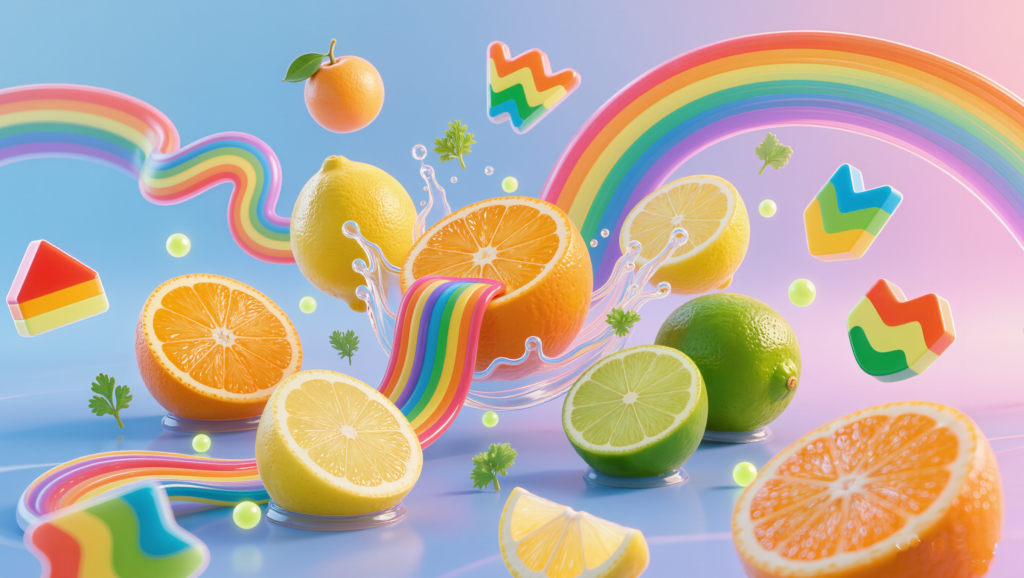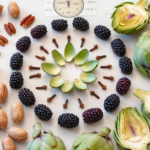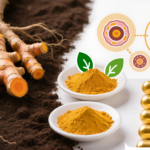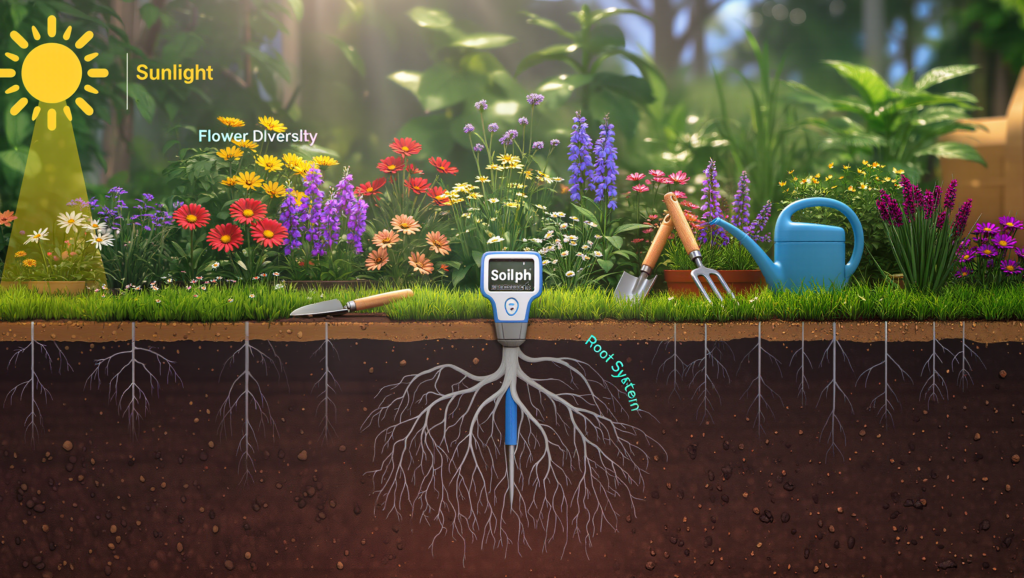Synesthesia—where senses blend so you literally taste colors or see music—has fascinated neuroscientists, foodies, and artists for decades. While most people treat it as an inherited “quirk,” new research shows it’s possible to amplify multisensory perception and even approach taste-color synesthesia through intentional diet, training, and environmental tweaks. Imagine sensing strawberry when you see pink, or finding citrus atop a sea of green. This blog dives deep into science, practical steps, and creative food play for anyone ready to unlock their sensory superpowers.
What Is Synesthesia?
Synesthesia is a neurological phenomenon where stimulation of one sense triggers a predictable, involuntary experience in another. In “lexical-gustatory synesthesia,” flavors and tastes can be triggered by words, sounds, or colors—e.g., hearing “Monday” sparks a cinnamon sensation, or the sight of blue brings a wave of salt.
- Prevalence: Estimates range from 4% of the population, with some forms much rarer.
- Types: Besides taste-color, forms include grapheme-color (letters or numbers perceived as colors), sound-color, and even emotion-shape.
- How? Studies suggest “cross-wiring” or increased connectivity between sensory areas in the brain, possibly linked to genetics, early-life sensory experience, or (rarely) pharmaceuticals.
- Proof: Brain imaging shows cross-activation—taste regions light up when synesthetes read certain words or see colors, even without actual food.
Can You Train Synesthesia? Neuroplasticity, Learning, and Environment
While most synesthetes are born with the condition, emerging evidence shows the brain’s sensory networks are surprisingly malleable:
- Associative learning: Color-flavor associations form during childhood—red with sweet (cherry), green/yellow with sour (lemon), brown with bitter (coffee, chocolate). Adults can be trained to create and strengthen new links.
- Neuroplasticity: Intentional cross-modal training—pairing colors with flavors over time—actively reshapes sensory perception networks.
- Environmental cues: Visual cues (colorful plates, ambient light), novel flavors, and mindful eating rituals can powerfully enhance sensory cross-talk.
University experiments have shown adults can reliably create new color-taste associations through repeated exposure and feedback—a kind of DIY synesthesia.
The Diet That Amplifies Sensory Superpowers
Harnessing synesthetic perception isn’t just mental—what you eat and how you eat primes your mind for multisensory play.
1. Eat the Rainbow—Literally
- Variety matters: Consuming a spectrum of colors daily exposes you to both broad nutrition and the visual cues needed for taste-color fusion.
- Assign flavors: As you prepare foods, consciously note the color and taste. For example, “This green bell pepper is sharp and grassy,” or “These purple grapes taste tart and bold.”
- Pairings: Experiment by matching foods of different colors and recording your emotional/physical responses.
2. Flavor-Color Journaling
Create a journal mapping your subjective taste-color associations. Use colored pencils and flavor notes after each meal:
| Color | Recorded Taste | Emotional Note |
|---|---|---|
| Red | Sweet, berry | Joyful, energetic |
| Green | Sour, tart | Fresh, lively |
| Yellow | Tangy, citrus | Bright, alert |
| Brown | Bitter, earthy | Calm, strong |
Over time, review your entries and actively reinforce pairings through creative meal planning.
3. Mindful Eating Rituals
- Visual focus: Before eating, gaze at the food and soak in its color, shape, texture. Let the color mentally “suggest” a taste before you actually eat.
- Slow, intentional bites: As you eat, note whether the color “amplifies” the flavor. Practice with foods that have ambiguous or unexpected hues.
- Ambience: Use colored lights, colored dishes, and curated playlists to enhance cross-modal association.
4. Sensory Training Exercises
- Blind tasting: Try foods blindfolded, then reveal color and see if perception shifts.
- Reverse pairings: Sip a lemon drink while looking at a sky-blue mug—does sourness persist or subtly shift?
- Guided synesthesia meditations: Visualize colors as flavors, focusing intently on sensory experience. See online synesthesia training protocols for DIY sensory cross-linking.
Supercharging Neuroplasticity: Nutrition and Supplements
Certain foods and nutrients support the brain’s ability to form new connections:
- Omega-3s (Salmon, flaxseed, walnuts): Boosts neuron growth and myelination, crucial for cross-sensory communication.
- B-complex vitamins (leafy greens, eggs): Supports neurotransmitter synthesis and healthy sensory processing.
- Fermented foods (sauerkraut, kimchi, kefir): Promotes gut-brain axis health, which influences neuroplasticity.
- Antioxidants (berries, dark chocolate): Protect neurons from oxidative stress during creative sensory training.
Research on serotonin modulation (sometimes increased by diet, exercise, or select supplements) hints at chemical factors behind synesthetic sensitivity.
Can Everyone Learn to “Taste Colors”?
- Genetic reality: Inherited synesthesia is distinct, but acquired synesthetic associations are well-documented.
- Younger brains, more flexibility: Early childhood is peak time for natural synesthesia, but adults with high sensory awareness (artists, chefs, food critics) can enhance cross-modal sensitivity.
- Consistency is key: Like learning a language, regular practice with deliberate sensory pairing is critical.
Researchers caution that not everyone will experience full-blown synesthesia, but the line between “learned association” and “true synesthesia” is surprisingly blurry—and high-level sensory cross-talk often feels magical or transformative.
Food, Emotions, and Memories: The Synesthetic Connection
- Emotional amplifiers: The more vivid the emotional context (music, scent, light, mindful attention), the stronger your sensory associations—think “comfort foods” or childhood nostalgia.
- Culinary creativity: Chefs and food artists use synesthetic principles to design multisensory dining: matching flavors, plates, music, and lighting for immersive experience.
- Memory encoding: “Taste-color” experiences become sticky, meaning foods are easier to remember and flavors richer, combining emotional and sensory memory.
Possible Pitfalls and Safety
- Over-stimulation: Intense focus on multisensory experiences may be fatiguing for some—balance experimental meals with simpler, comfort foods.
- Food restrictions: Always consider allergies, intolerances, and nutritional needs before implementing a radical diet change.
- Psychological context: Those prone to anxiety or cognitive overload should train gently, focusing first on mindful eating.
Your Synesthetic Week: Sample Plan
| Day | Color Focus | Main Meals | Training Ritual |
|---|---|---|---|
| Monday | Green | Spinach salad, matcha | Pair green plate, music |
| Tuesday | Red | Tomato soup, berries | Visual meditation, red notes |
| Wednesday | Yellow | Lemon chicken, bananas | Plate swap, taste journaling |
| Thursday | Brown | Mushroom curry, whole grain bread | Blind tasting, texture focus |
| Friday | Purple | Beet salad, grapes | Guided visualization, aroma play |
| Saturday | Rainbow | Mixed stir-fry, fruit platter | Ambiance, multi-sensory feast |
| Sunday | Freestyle | Comfort foods, experiment | Review, note associations |
Use creative, bright ingredients; plate thoughtfully, and keep a journal. Reflect on color-flavor emotions and emerging taste sensations.
Final Thoughts: Unlock Your Inner Sensory Superhero
Enhancing your senses isn’t just for born synesthetes. With smart dietary choices, sensory training, and mindfulness, anyone can initiate deeply pleasurable, creative, and memorable taste-color experiences. While you may not wake up tasting rainbows, you’ll gain a richer, more vibrant appreciation of food—and life.








